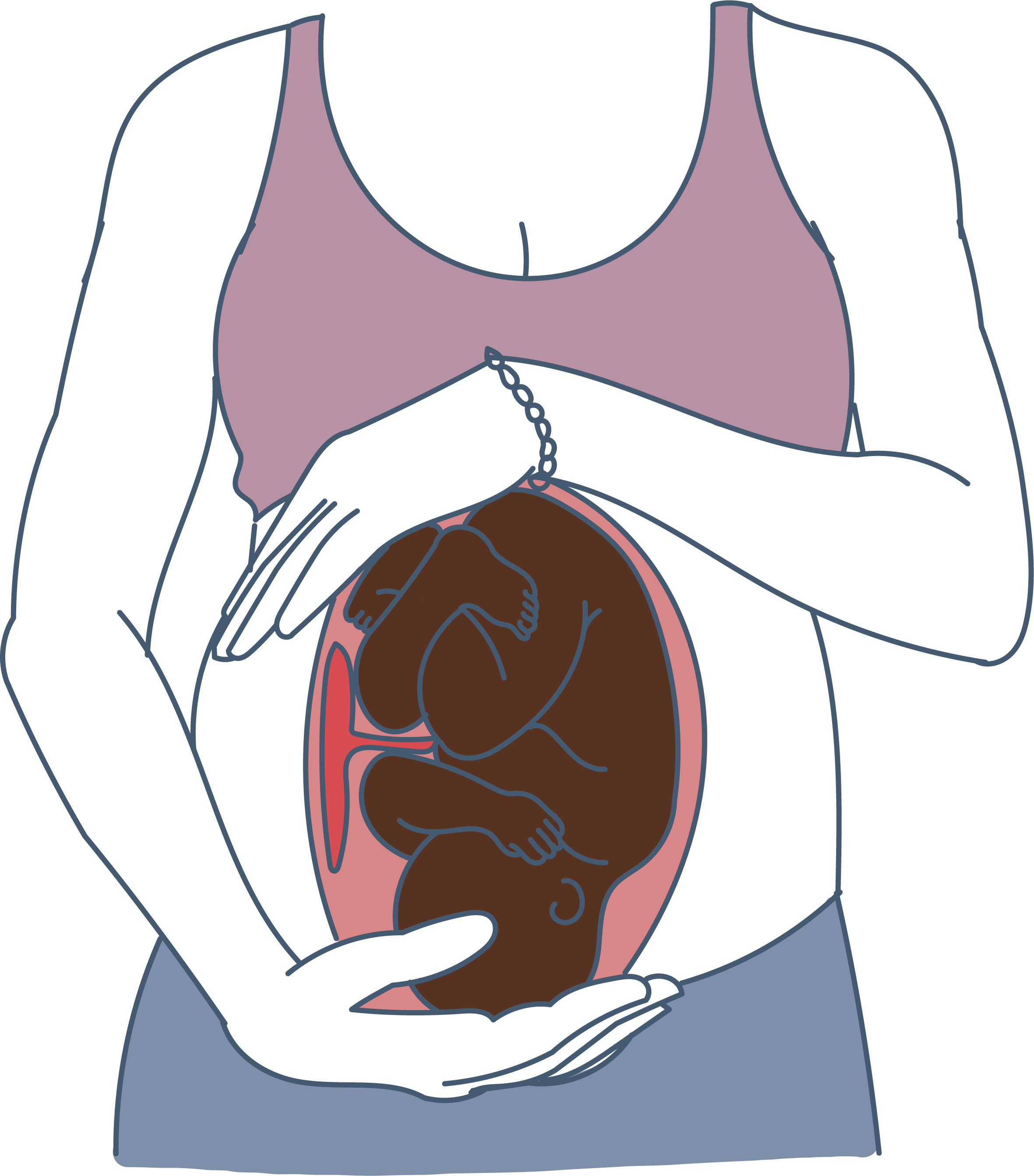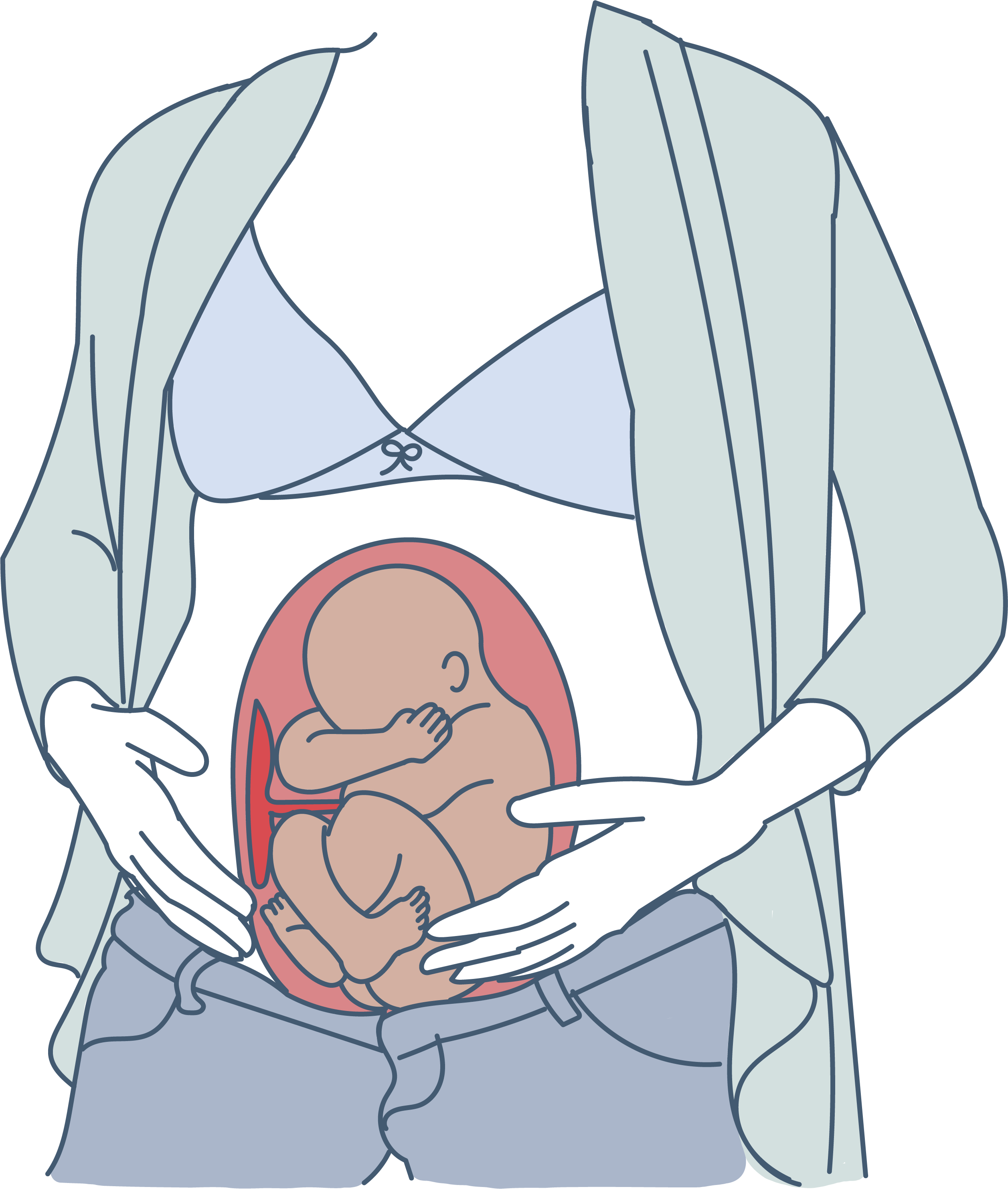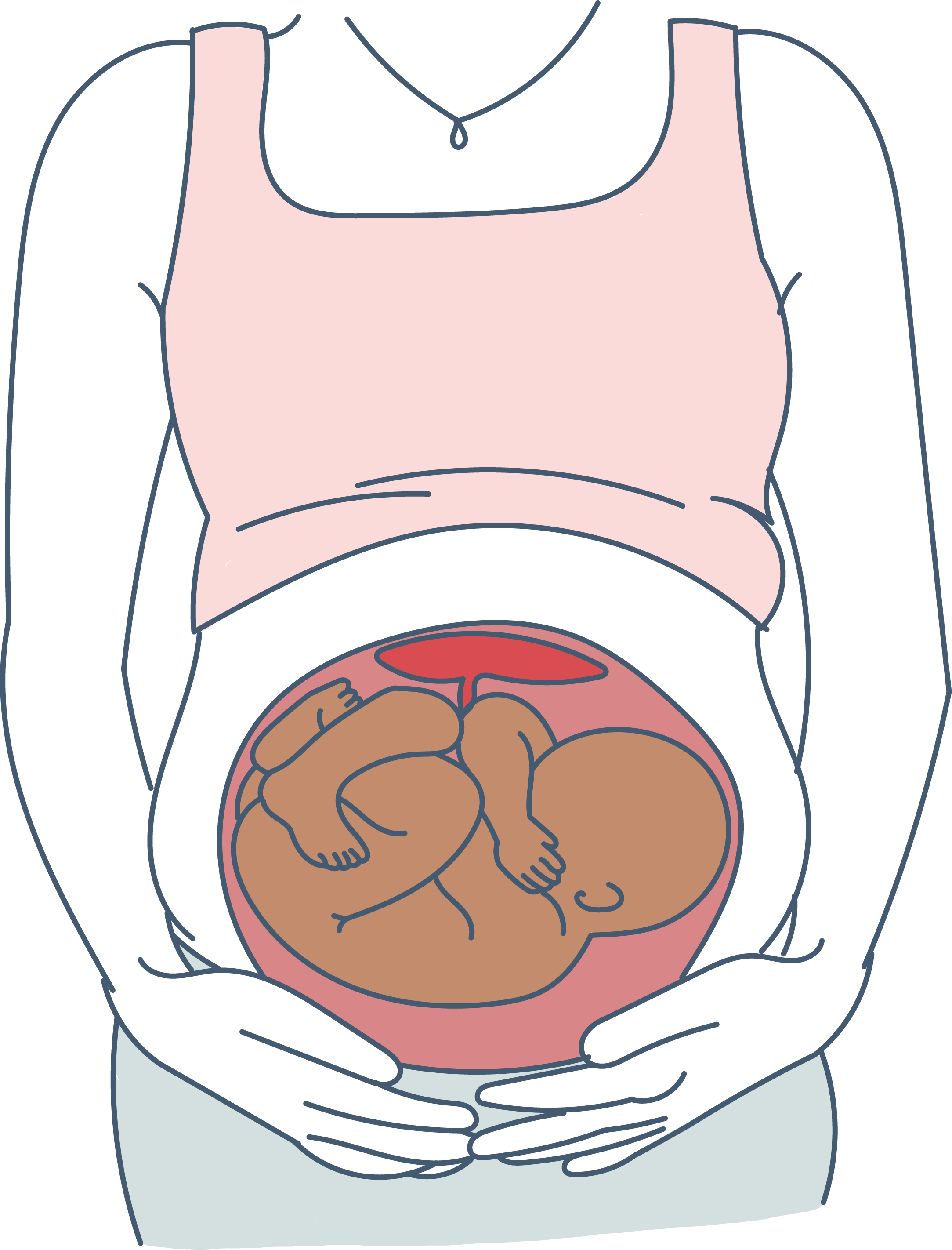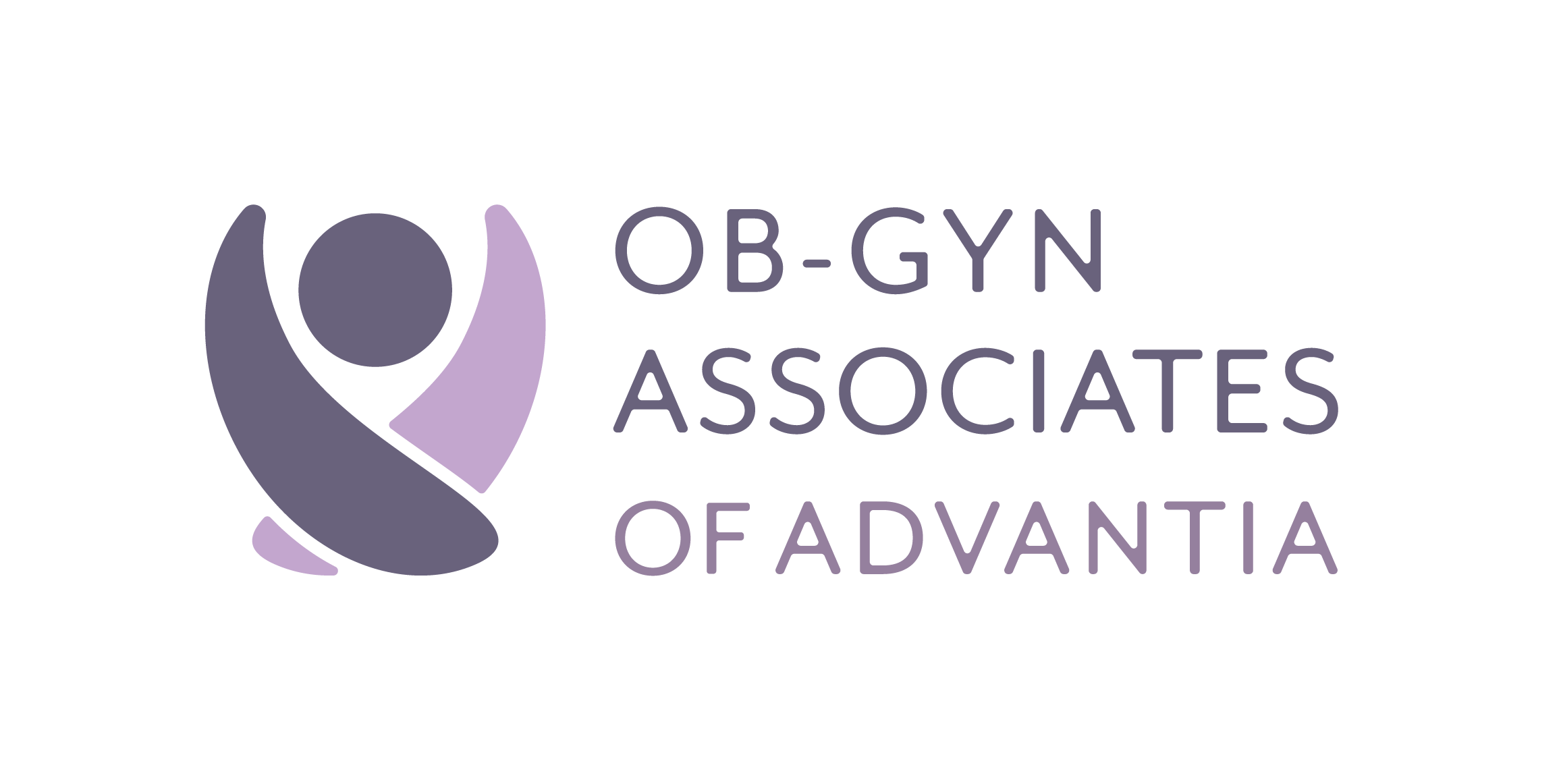
Published on: 11 February, 2022
Read Time: 6 min
“Will I be able to have a vaginal delivery?”, “Will labor pains be more in my pelvis or back?”, and “How long will labor and delivery last?” are all questions that have probably entered your head at some point. The answers to these questions, in large part, depend on the position of your baby within your uterus at the time you go into labor. Medical professionals call this the fetal presentation and position. Let’s break down different fetal presentations and what your baby’s position could mean for your delivery.
Cephalic presentation
Almost all (95-97%) babies are delivered by cephalic presentation, where they are head-down with legs and feet at the top of the uterus. Most babies move into the head-down position by the third trimester. Cephalic presentation is further broken down by the position of the head; in the vast majority of cephalic deliveries, the crown or top of the head (called the vertex), enters the birth canal first and is the first part of the baby to be delivered. This is what we mean when we say a baby is “crowning”.
In most cases of vertex presentation, the back of the baby’s head (called the occiput) is toward the front (anterior) of the mother’s pelvis. This presentation is called occiput anterior and is considered the best position for a vaginal delivery. This position is considered best because this position typically leads to the easiest navigation of the baby through the birth canal.

Cephalic presentation
Almost all (95-97%) babies are delivered by cephalic presentation, where they are head-down with legs and feet at the top of the uterus. Most babies move into the head-down position by the third trimester. Cephalic presentation is further broken down by the position of the head; in the vast majority of cephalic deliveries, the crown or top of the head (called the vertex), enters the birth canal first and is the first part of the baby to be delivered. This is what we mean when we say a baby is “crowning”.
In most cases of vertex presentation, the back of the baby’s head (called the occiput) is toward the front (anterior) of the mother’s pelvis. This presentation is called occiput anterior and is considered the best position for a vaginal delivery. This position is considered best because this position typically leads to the easiest navigation of the baby through the birth canal.
Around 5% of babies are delivered in the occiput posterior position, where the back of the baby’s head is toward the mother’s backbone and tailbone. This is popularly believed to be the cause of painful “back labor”, although the scientific support for this is somewhat lacking. What is known is that the occiput posterior presentation can significantly prolong labor, and is three times more likely than occiput anterior presentation to result in cesarean section. This comes down to less ease of passage through the birth canal. Occiput posterior presentation is more common in older and first-time mothers, as well as with larger or overdue babies. Surfing the internet will provide you with many different exercises which claim to prevent occiput posterior presentation, but none of these have been scientifically proven to be of benefit.
Rarely (around 1 in every 800 births), the baby will present face-first instead of with the top of the head. Around 70% of these babies can be delivered vaginally, although the labor may be mildly prolonged. The remainder tend to be delivered by cesarean section either because the labor is not progressing or because the doctor or midwife is concerned about the baby’s heart rate.Around 5% of babies are delivered in the occiput posterior position, where the back of the baby’s head is toward the mother’s backbone and tailbone. This is popularly believed to be the cause of painful “back labor”, although the scientific support for this is somewhat lacking. What is known is that the occiput posterior presentation can significantly prolong labor, and is three times more likely than occiput anterior presentation to result in cesarean section. This comes down to less ease of passage through the birth canal. Occiput posterior presentation is more common in older and first-time mothers, as well as with larger or overdue babies. Surfing the internet will provide you with many different exercises which claim to prevent occiput posterior presentation, but none of these have been scientifically proven to be of benefit.
Rarely (around 1 in every 800 births), the baby will present face-first instead of with the top of the head. Around 70% of these babies can be delivered vaginally, although the labor may be mildly prolonged. The remainder tend to be delivered by cesarean section either because the labor is not progressing or because the doctor or midwife is concerned about the baby’s heart rate.
Breech presentation
Breech presentation occurs when a baby enters the birth canal with the buttocks or feet first, rather than the head. This prevents the cervix (opening to the uterus) from dilating effectively and can lead to problems with the umbilical cord becoming pinched or compressed. Breech presentations occur in approximately 3-4% of deliveries and are more likely in premature births and pregnancies with multiple babies (e.g. twins and triplets). While breech babies can be delivered vaginally, studies have found that vaginal deliveries are around three times more likely to result in serious harm to the baby than cesarean sections. Therefore, in most cases in the US, breech babies are delivered by c-section. Your midwife or doctor may diagnose a breech presentation by physical exam and/or ultrasound.
Shoulder presentation
Shoulder presentation is uncommon, occurring in less than 1% of deliveries. It is also known as transverse and oblique position. This occurs when the baby is lying sideways in the uterus, rather than head down or buttocks/feet down. If labor starts with the baby in this position, the shoulder becomes wedged in the pelvis and the labor cannot progress. Almost all babies with shoulder presentation will need to be delivered by cesarean section. Shoulder presentation, like breech presentation, is more common in premature babies or in the setting of multiple gestations.

Shoulder presentation
Shoulder presentation is uncommon, occurring in less than 1% of deliveries. It is also known as transverse and oblique position. This occurs when the baby is lying sideways in the uterus, rather than head down or buttocks/feet down. If labor starts with the baby in this position, the shoulder becomes wedged in the pelvis and the labor cannot progress. Almost all babies with shoulder presentation will need to be delivered by cesarean section. Shoulder presentation, like breech presentation, is more common in premature babies or in the setting of multiple gestations.
Conclusion
The chances are good that your baby will know which way is up. In the case of labor and delivery, this means head down. Attending your regular prenatal visits will allow your doctor or midwife to keep a close eye on your baby and plan the safest delivery for the two of you. Don’t be afraid to ask your provider any questions or concerns you have so that you feel prepared and at ease when the big day arrives.Find a Provider





